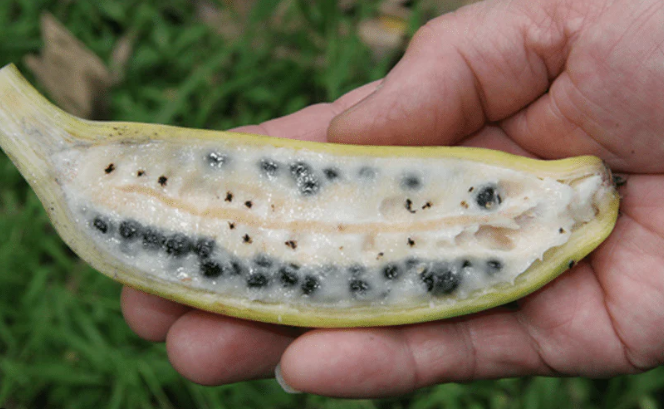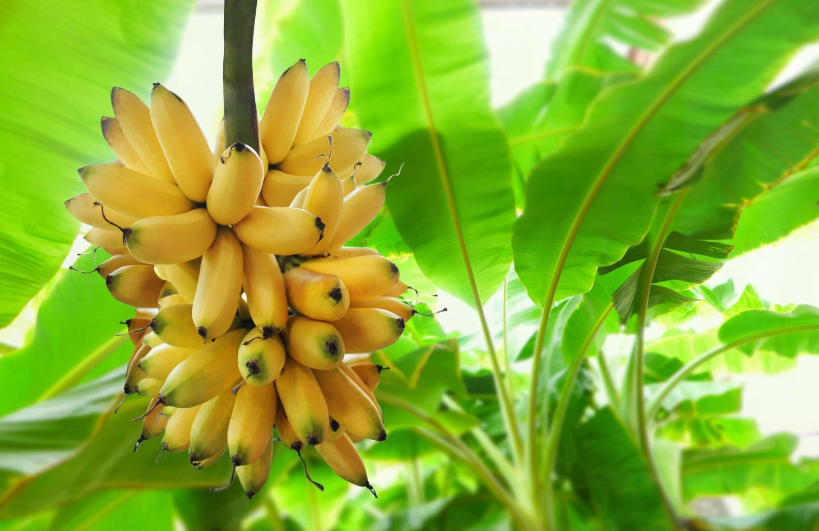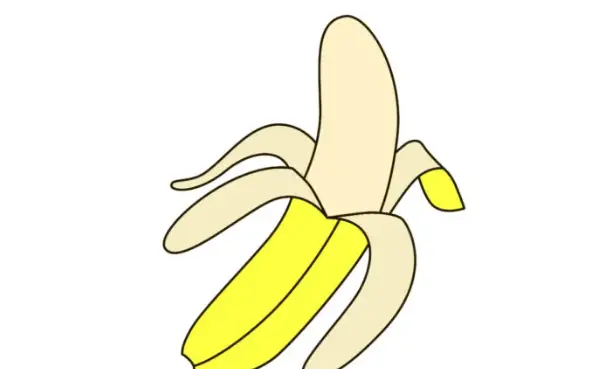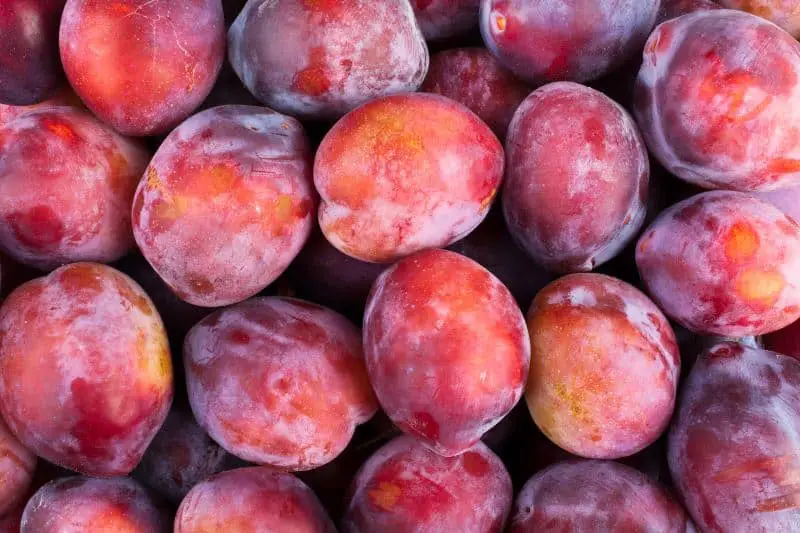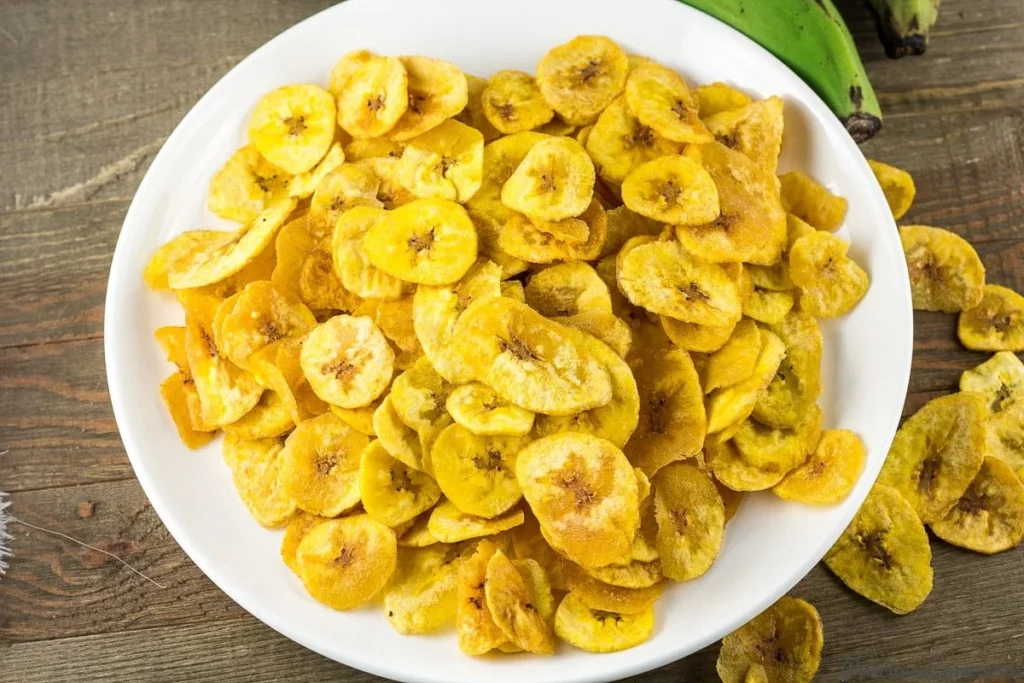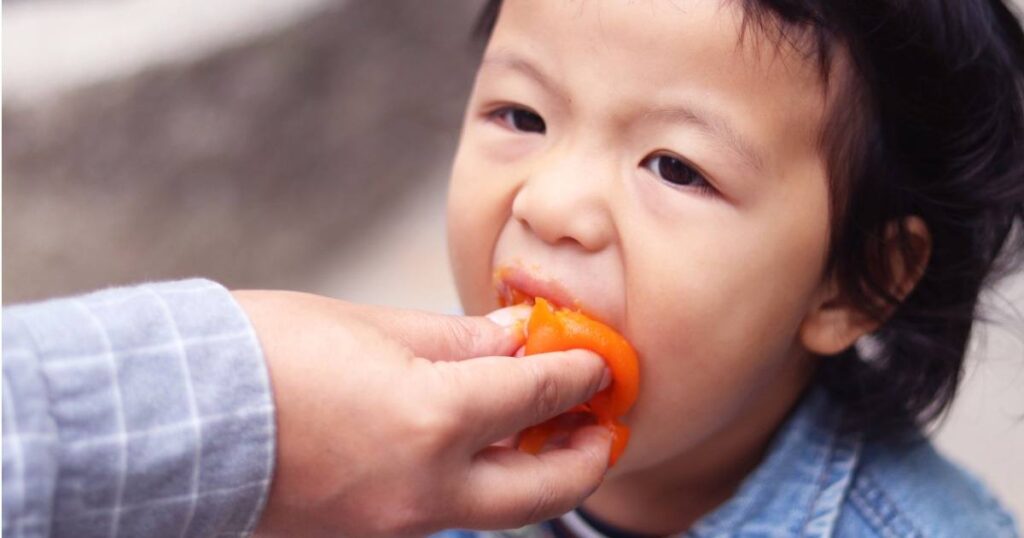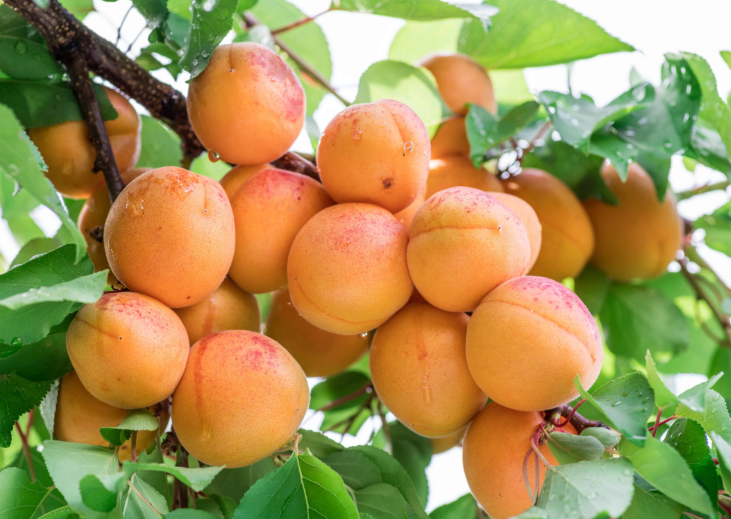Many people think plantains and bananas come from the same tree. They look similar, but they are actually quite different. Both grow on trees from the Musaceae family and have some features in common, like how they taste and feel. However, the plantain tree and the banana tree each have unique traits that set them apart. Let’s dive into what makes these trees different from each other.
Table of Contents
- An Introduction to Plantain and Banana Trees
- Spotting the Differences: Tree Characteristics
- 1. Height Differences
- 2. The Trunk’s Appearance
- 3. Comparing Leaves
- 4. Flower Clusters (Inflorescences)
- 5. The Fruit They Bear
- Growing Healthy Plantain and Banana Trees
- 1. The Right Soil
- 2. Enough Sunlight
- 3. Watering Well
- 4. Keeping Trees Trimmed
- 5. Watching Out for Pests and Sickness
- Differences Between Plantain Trees and Banana Trees
- Taking Care of Plantain Trees
- Conclusion
- Frequently Asked Questions (FAQs)
- Can you grow plantain and banana trees in the same soil?
- Do plantain trees produce bananas?
- How long does it take for a banana tree to produce fruit?
- Can you grow plantain and banana trees indoors?
- What is the best time of year to plant plantain and banana trees?
An Introduction to Plantain and Banana Trees
The plantain and banana are both fruits grown on tall plants, which are commonly referred to as trees in tropical places around the globe. Plantains are usually bigger, not as sweet as bananas, and need cooking. Bananas are sweeter, smaller, and commonly eaten raw.
Both the plantain tree and the banana tree have big leaves that come out from the middle stalk. Their flowers grow together in bunches which will later turn into fruit. But let’s look at how the trees themselves are different.
Spotting the Differences: Tree Characteristics
1. Height Differences
A full-grown plantain tree is usually taller than a banana tree. It can reach up to 30 feet high. Banana trees are more modest in height, generally growing up to only about 20 feet.
2. The Trunk’s Appearance
The trunk of a plantain tree often has a bigger diameter—up to 2 feet—than that of a banana tree, which is about 1 foot across.
3. Comparing Leaves
Plantain tree leaves can be quite impressive, growing up to 9 feet long and 3 feet wide. In comparison, the leaves of a banana tree are often smaller, up to 6 feet long and 2 feet wide.
4. Flower Clusters (Inflorescences)
The flower clusters on plantain trees can be strikingly long and narrow, sometimes reaching 6 feet in length. Banana trees have shorter clusters, typically around 3 feet long.
5. The Fruit They Bear
Plantains tend to be larger and more angular with a tougher skin and are often green or yellow when ripe. They need cooking before you eat them. Bananas, on the other hand, are smaller and more curved, with a thinner peel. They can be eaten raw and turn yellow when they’re ready to eat.
Growing Healthy Plantain and Banana Trees
When you want to grow plantain or banana trees, you need to think about their needs. Here are a few tips:
1. The Right Soil
These trees like soil that drains well and has lots of organic stuff in it. They do best in soil that is a bit acidic to neutral, with a pH between 5.5 and 7.0. It’s also important that the soil can hold onto water to keep the trees from getting thirsty.
2. Enough Sunlight
They need plenty of sunlight to grow and make fruit. Find a spot that gets at least six hours of direct sunlight every day. If the trees are too shaded, they won’t give you as much fruit.
3. Watering Well
Give your trees lots of water to keep the ground damp. Water deeply at least once a week—maybe more if it’s dry out. Just don’t water them too much, or their roots might rot.
4. Keeping Trees Trimmed
Cutting off dead or hurt leaves and any extra shoots at the bottom helps the trees stay in good shape and can lead to more fruit.
5. Watching Out for Pests and Sickness
Trees can get sick or have bug problems, like mites, little green bugs called aphids, and a nasty sickness called Panama disease. Keep an eye on your trees and look for signs like leaves turning yellow or spots on the fruit. You can use natural stuff like neem oil or a soap made to kill insects to deal with these issues.
Overall, taking care of plantain and banana trees means giving them what they need—like sun, water, and nutrients—and keeping them tidy and checked for any problems.
Differences Between Plantain Trees and Banana Trees
People often mix up plantain trees with banana trees because they look alike. But there are some big differences to take note of:
- Plantain trees are usually bigger and taller, with stronger trunks and bigger leaves. They can grow as tall as 30 feet, whereas banana trees generally reach up to 20 feet.
- Plantain fruits are longer and heartier, with a more solid feeling and less sweetness. People cook plantains more often, while bananas are typically eaten as they are when ripe.
- Plantains are picked when they’re still green and not ripe, while bananas are picked when they’re ripe and yellow. -ul>
- Plantain trees like their soil to be moister, so they need more water than banana trees. But don’t overdo it, or you could cause root rot.
- They need more food, especially potassium. Give them fertilizer with a lot of potassium every few months to help them grow strong and bear lots of fruit.
- Plantain trees need to be pruned more. Cut away any leaves that are dead or don’t look right, and make sure there’s enough space in the leaves for air to flow to avoid disease.
- Make sure they’re planted in soil that lets water drain well and mix in a lot of stuff like compost to help them grow. Fertilize the banana trees with a good balanced feed every couple of months to make sure they grow right and make bananas.
- Spread some mulch around the bottom of the tree. This will help keep the soil moist and stop weeds from growing.
- Just like plantain trees, you should prune banana trees often. Cut away any leaves that look dead or damaged and take out some leaves if there are too many. This will give the tree more room to breathe.
Taking Care of Plantain Trees
Plantain trees need a bit more care than banana trees, and here are some specifics:
How to Care for Banana Trees
If you want to grow banana trees, here’s what you need to do:
Conclusion
Even though plantain trees and banana trees are a lot alike, they are actually different kinds of plants. Each one has its own special needs for things like soil, sunlight, water, and nutrition. But if you take good care of them the right way, both plantain and banana trees can do really well and give you tasty fruit to eat.
